Rethinking Fluid Resuscitation in Vaso-Occlusive Crisis: Is Lactated Ringer’s the Superior Choice?
RebelEM
DECEMBER 23, 2024
Within this population, over 90% of healthcare encounters are due to painful vaso-occlusive episodes (VOE) ( Kidwell 2021 ). VOE is often complicated by hypovolemia, making fluid administration a common intervention ( Lovett 2017 ). Lactated Ringer (LR) and 0.9% JAMA Intern Med. 2024;184(11):1365-1372.

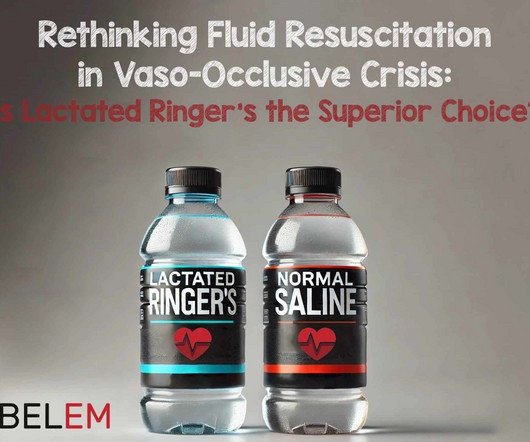
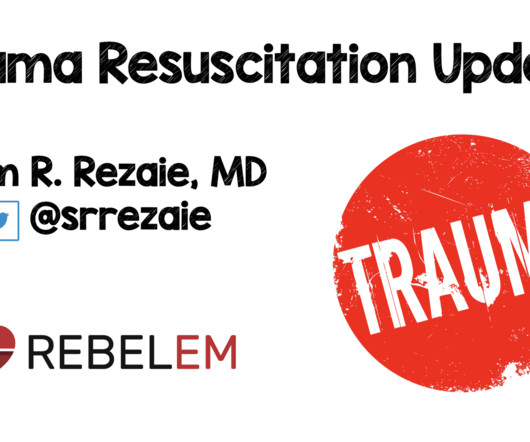
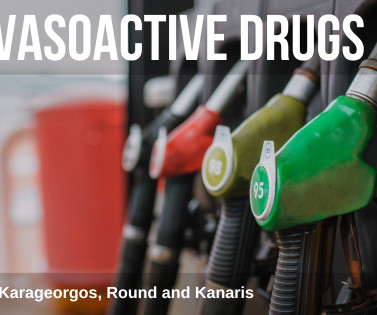












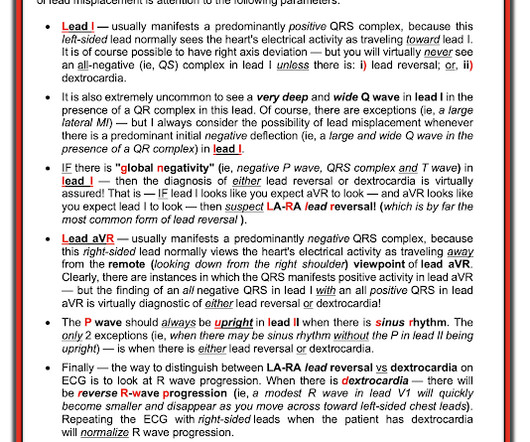
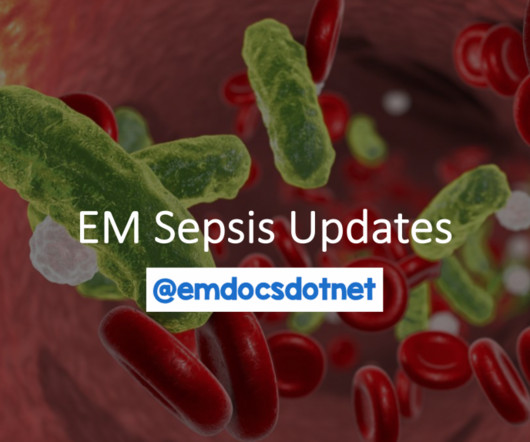

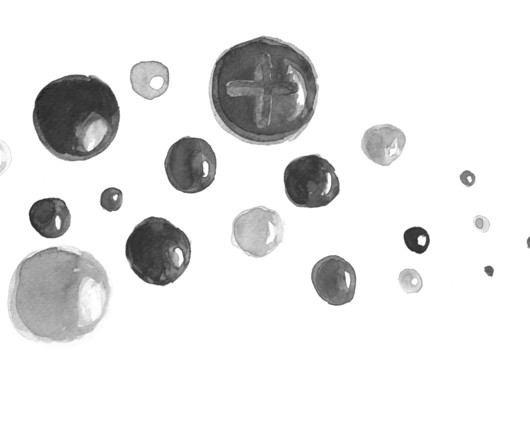









Let's personalize your content